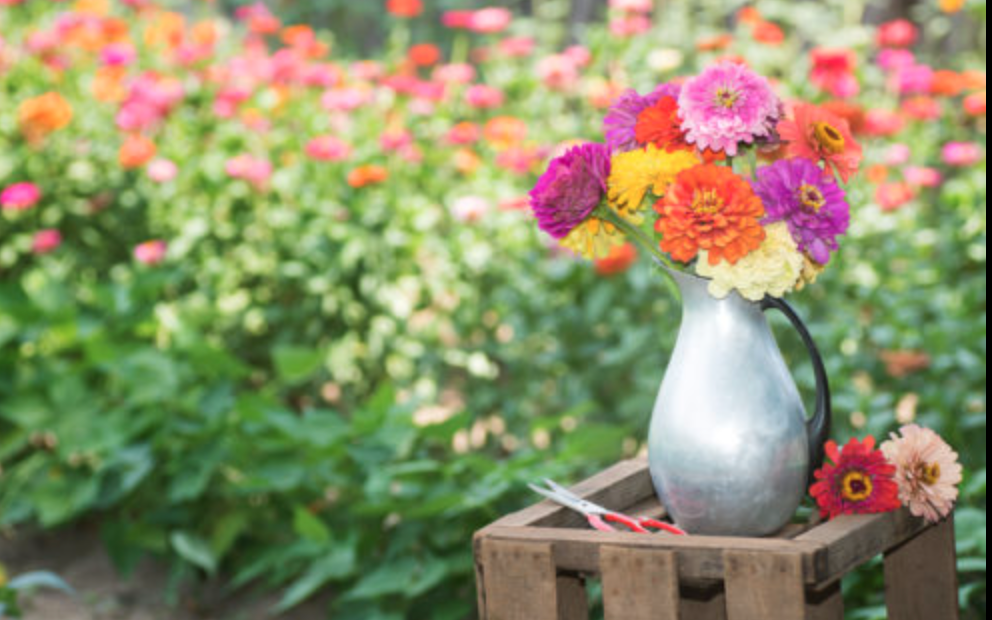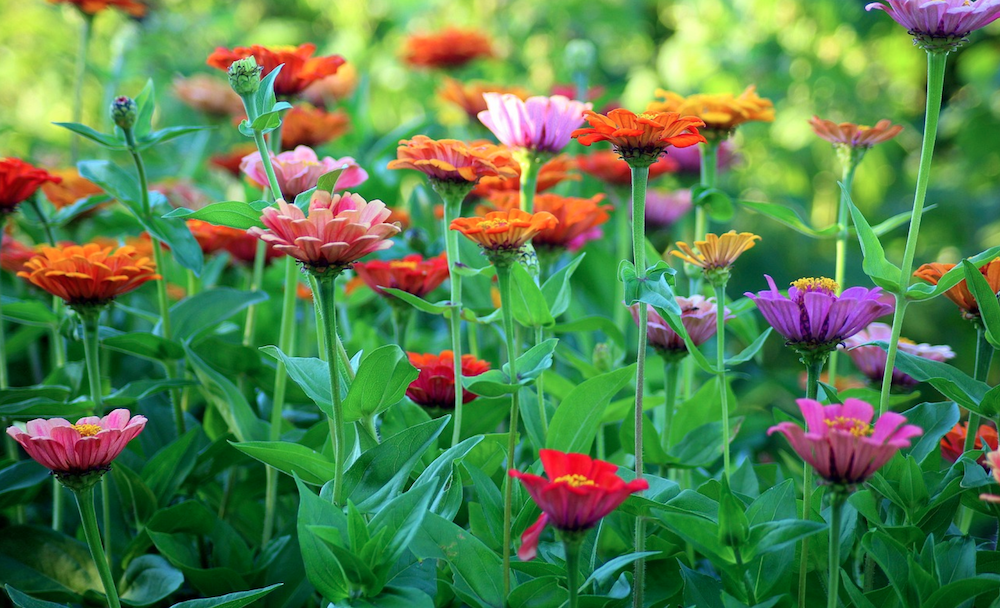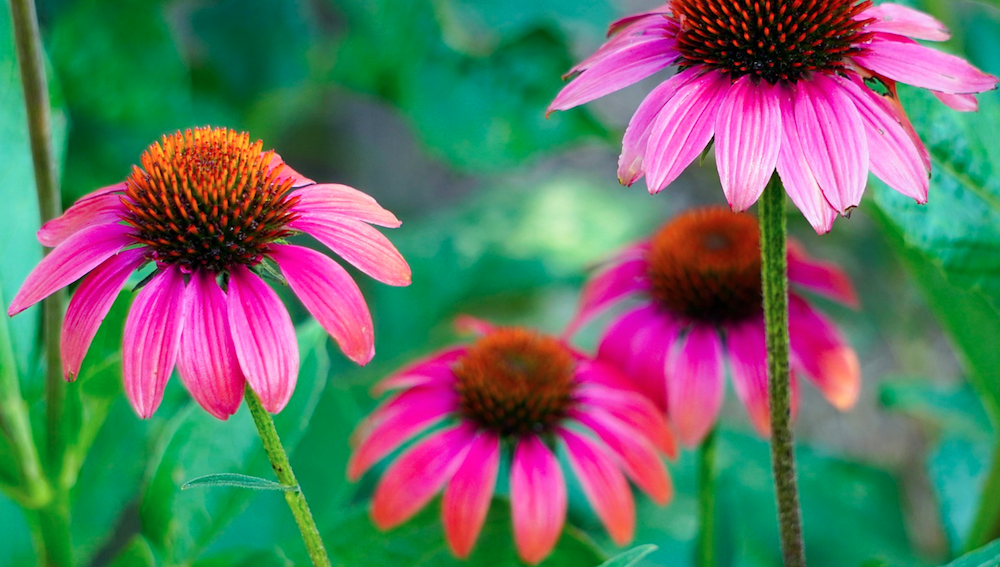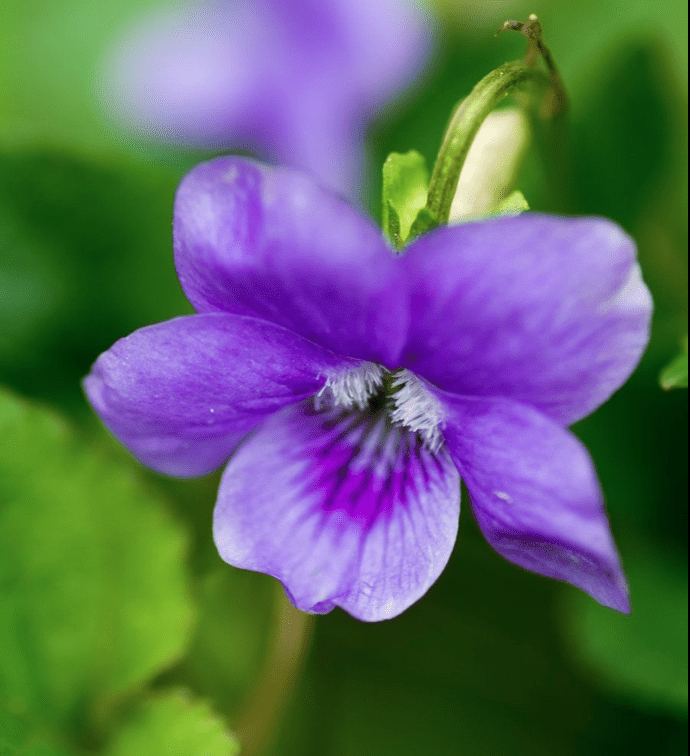Honoring Indigenous Day, 5 Flowers That Heal and Beautify
By Jill Brooke

In honor of Indigenous Day, a thank you to native Americans who told settlers what plants were toxic and what flowers had medicinal properties that also inspired through its natural beauty.

Did you know that in the Navajo tribe, the zinnia is considered sacred – a symbol of wisdom. Flowers were fed to young children in hopes of making them more intelligent and also used for bright colored dyes and paints.

Coneflower roots were used as traditional healing herbs by many tribes, especially in the Great Plains and Midwest, to treat many types of swelling, burns, and pain.

Yarrow was considered a treatment for wounds as well as for headaches, toothaches, and gastrointestinal problems.

Native Americans also made a poultice from violets to treat headaches. This may be due to the salicylic acid contained in the flower, which is also found in aspirin. Because violets also have antiseptic properties, they’re useful in salves or ointments to treat minor scrapes and bruises.

And the rose? Roses were a symbol of life and their motifs were believed to represent survival and vitality which is why they were used in beadwork and quilt work.
In the Menominee tribe, an ancient myth explains why the big healer in the sky created flowers. Sharing this text because it explains the respect Native Americans have always had for preserving the land and flowers.
“I am so happy that I want to make something special to spread my happiness. He thought long and hard, and then said, This thing must be so pleasing that it will get a second look. It must fill the air with sweet smells that create happiness.” He thought some more, and then he added, “But I also want it to serve a purpose. It must be able to be eaten and used as medicine.”
And thus flowers became both a source of beauty and healing.
